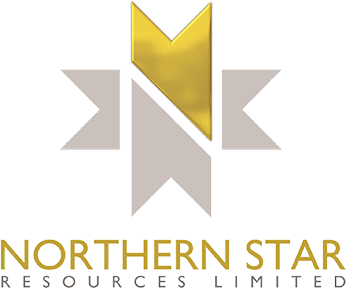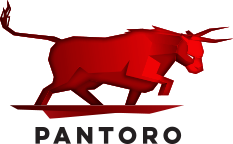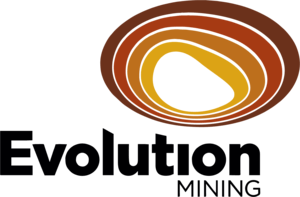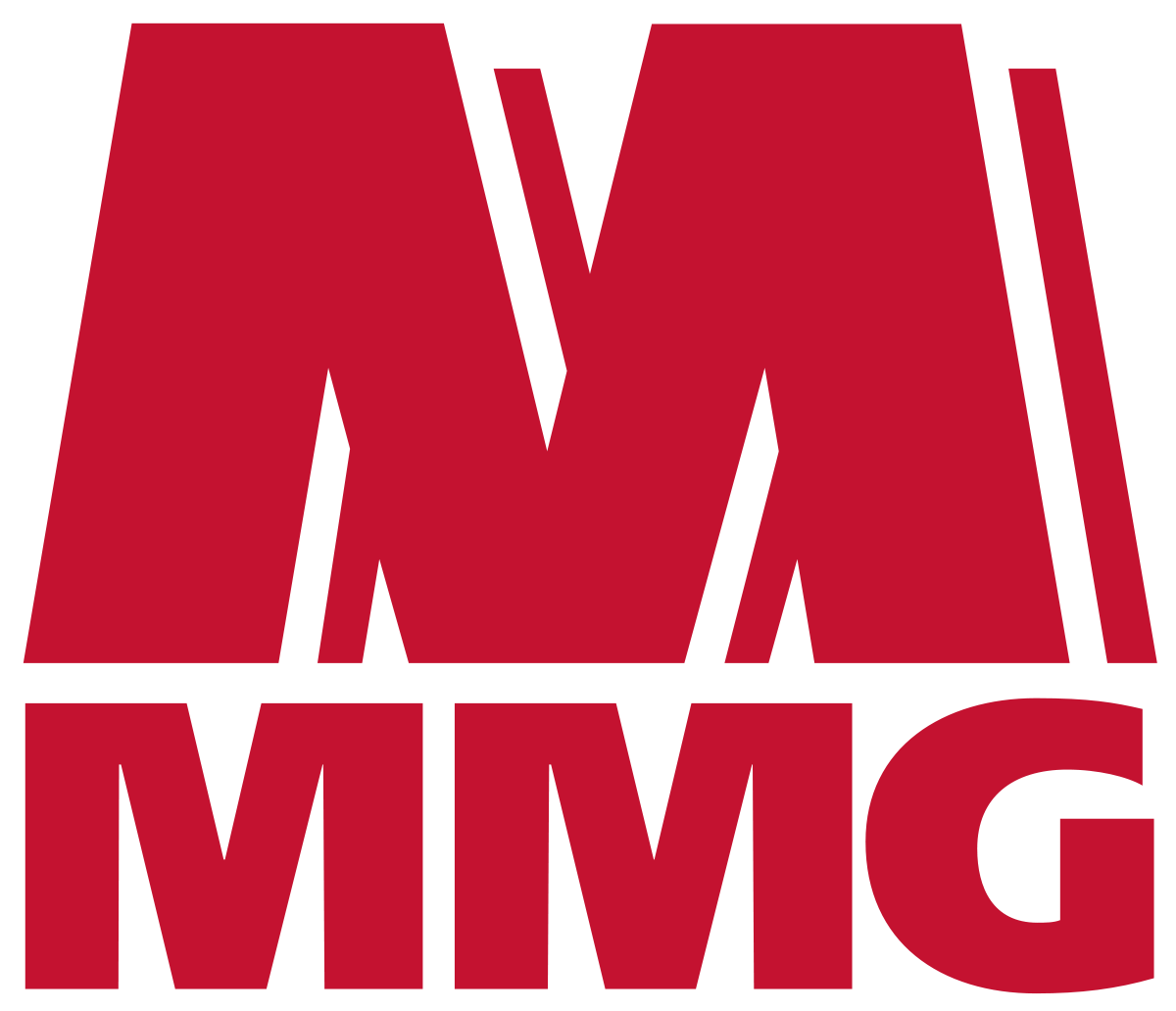Welcome to Operational Geotechs’ latest e-update.
We’ve had a busy start to 2025 and our team of four backfill engineers is currently working very hard supporting a range of clients.
Here we interview backfill engineer Jed Percy, our Project Lead – Backfill, to find out a bit more about him and what his team is up to.

Spotlight on Jed Percy
Q. Jed, can you tell us about your background in the backfill space and provide some insights into the market?
A. I’ve been working with backfill, mainly paste, for a bit over five years and have been with Operational Geotechs (OG) since 2020, starting as a geotech engineer. I’ve solely focused on backfill during the past two years.
There’s quite a growing demand for paste plants around the world and across Australia, with demand particularly ramping up in the past couple of years as mines are getting deeper.
We currently have projects all around Australia and abroad. In Africa, we’re working with a client setting up processes, assisting with reticulation installation, assisting in training the local workforce and commissioning the paste plant for them. We’ve also completed projects in South America.
Q. What does the future look like in this space for OG?
A. We see demand for our backfill paste plant support expanding quite rapidly in the next few years because of the crucial work we do to bridge the disconnect that often exists between the technical design work and what actually occurs during operations.
At OG, we get our boots on the ground and help paste plant operations understand how to implement the recommendations from technical studies completed by consultants. We talk to the operators and link report data to how the operations are actually performing in order to come up with pragmatic solutions for the plant.
Q. What is it that OG provides for clients in this area?
A. Our backfill team gets involved in a range of activities from conducting test work through to reticulation design, barricade design, exposure design, on-site engineering support, mentoring site personnel, commissioning plants and backfill system optimisation projects.
Typically, a consultant or engineering company is engaged to build and implement a paste plant for a client, and the client may have little or no backfill experience – we come in on the client’s side to ensure the plant and systems fit the requirements they need. We carry out independent design work for the client and help implement that design. After the commissioning stage and once the plant is in steady state operation, often there is significant potential to optimise by improving operational run-times and reducing costs. We help out clients optimise their plant operations and realise the benefits.
Q. Can you tell us a bit more about your backfill team?
A. Our backfill team currently consists of two dedicated backfill engineers, excluding myself (one a mechanical engineer and one a chemical engineer) and two additional geotechnical engineers with many years of backfill experience. We are also in the process of recruiting for an additional backfill engineer due to growing demand.
Backfill engineers can come from all walks of engineering life because the work we do is wide-ranging; that’s what there is to like about the role and the fact that it’s hands-on and involves lots of problem-solving. As a backfill engineer, you never quite know what’s going to happen on any given day. It’s typically quite a fast-paced role where you make lots of important decisions then and there, but you also then have the opportunity to optimise the projects you’re working on.
It’s also enjoyable because we work with people at many levels – from operators to experienced technical mining personnel – and it means we need to have good understanding of what each role is required to do.
Q. Why is backfill work a good fit for the OG team?
A. This facet of mining is closely paired with the geotech discipline, and the technical work is often the responsibility of the on-site geotech teams.
It also fits nicely with what we do at OG, as this work requires getting on site, rather than working from a distance with remote support.
It’s a logical branch of our business because it’s all about dealing with stability and understanding the properties of the material, be it rock or backfill, which is critical for mine stability for these deeper, larger mines to be able to safely and efficiently extract more resources.
Q. You’re from the UK originally. How different is life here in Australia for you?
A. I grew up on a dairy farm in Dorset. I always used to think when I was underground, ‘How have I ended up here?’ But mining works really well with my lifestyle and the practical side of farming.
I fell into mining after completing a Masters in Applied Geotechnics at Camborne School of Mines. My Masters project involved installing paste pressure sensors into stopes and on paste walls, which took me out to New South Wales.
After I completed my project and went back to working on the mine which seemed like it was in the middle of nowhere, we had about two months where there were these dust storms. We had one where it went completely dark, and another where it went red. It was like nothing I’ve ever seen; it was pretty cool. I’ve driven in it, and that’s pretty scary. You can’t see three metres in front of you; you just pull over on the side of the road and hope no one runs into you.
The mining lifestyle of FIFO and roster work is pretty good in Australia. Everyone’s hardworking and friendly, and you come across a lot of expats from all over the world.
Q. What other news is there from the backfill team?
Our team has recently written a paper on containment zones which is being presented at the upcoming Underground Operators conference.
It discusses containment zone design and implementation. There hasn’t really been a lot about the practical application of containment zones, which are really important safety-wise, in the relevant literature, so we’ve stepped in to help fill that gap.
The paper presents the different methods we’ve seen for designing these zones, and we discuss the pros and cons for each of them.
**
Thanks, Jed, for your time (you can find out more about Jed’s background here) and insights.
And thanks to all of you for keeping up with our news. Please feel free to reach out with any questions or feedback.
The Operational Geotechs team









